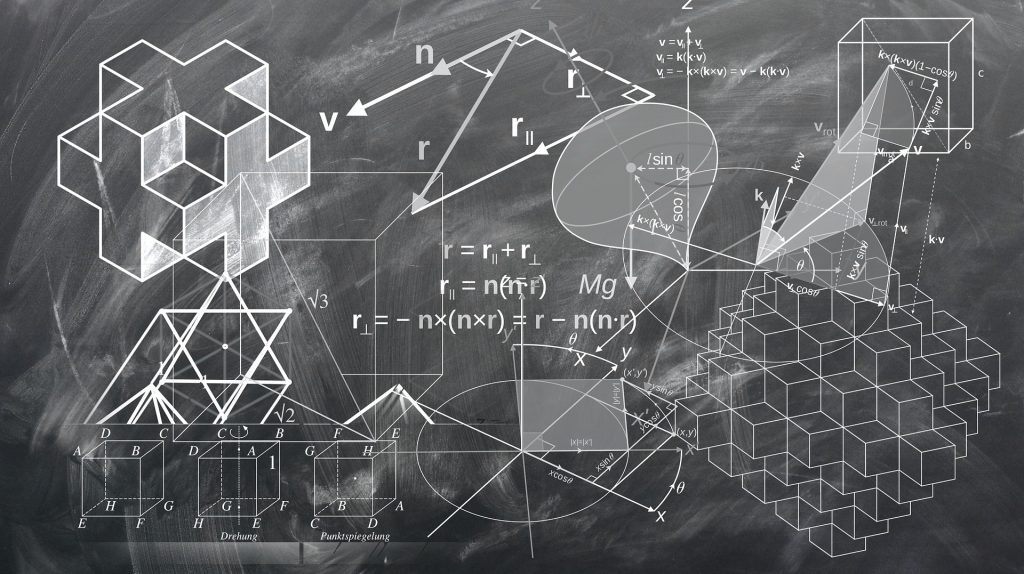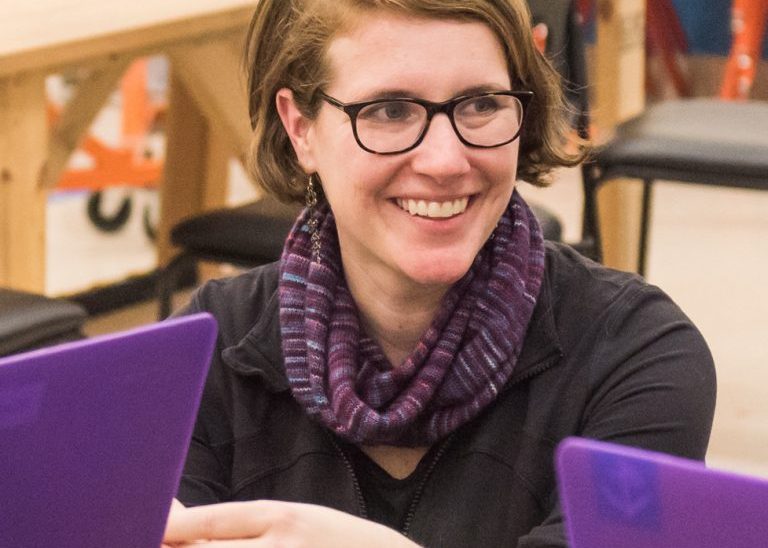
Last week, we attended a talk with best-selling author Jordan Ellenberg hosted by the Brooklyn, NY-based Secret Science Club. Ellenberg spoke about his new book, Shape: The Hidden Geometry of Information, Biology, Strategy, Democracy, and Everything Else (you can purchase the book from independent bookstores online).
In addition to being a best-selling author, Ellenberg is a professor of Mathematics at the University of Wisconsin-Madison and an expert in arithmetic geometry. In his talk, he made compelling arguments for geometry’s relevance to a wide range of topics, from politics to epidemic management to the stock market, and even baby name trends.
Geometry and government
Throughout his career, Ellenberg has applied his mathematics expertise to many different sectors. For example, he once presented a brief to the Supreme Court about how mathematics can be used to take party bias out of redistricting.
As is, the state legislature decides upon redistricting, allowing current members to prioritize their future political victories. In Ellenberg’s words, “legislators are given the key to their own district preservation.” His solution? A mathematical concept called the random walk. In this process, randomly moving objects wander away from their starting point. Random walks are frequently observed in physical and biological sciences — and perhaps soon, in government and politics (thanks to Ellenberg). Essentially, this principle could be used to create logical district maps, taking politicians’ input out of the matter and instead favoring proportional representation.
Geometry and language
Another interesting tidbit Ellenberg discussed was the role of geometry in predicting language. Firstly, he used n-gram language models such as bigrams and trigrams to generate baby names based on the letter combinations of popular baby names. The result? Baby names that sounded eerily familiar to ones you’ve heard even though they were not common.
Some examples he provided included “Corby,” “Melicia,” and “Luxton”. Sometimes, real names were produced as well, capturing English style successfully. For example, when using popular names from 1971, he generated both “Jean” and “Jeane.”
Ellenberg then used a GPT-3 API to generate strings of English text from a geometry textbook. The GPT-3 API returns a natural compilation of phrases when given a text prompt. His experiment resulted in artificial English sentences that looked like humans could have written them. They sounded correct, yet lacked meaning. Pretty cool!
Geometry and innovation
The bottom line: geometry can apply to all STEM disciplines, not just mathematics itself. Who knows, perhaps geometry could be the key to developing your next great innovation!



